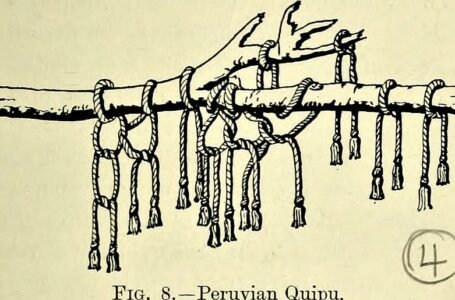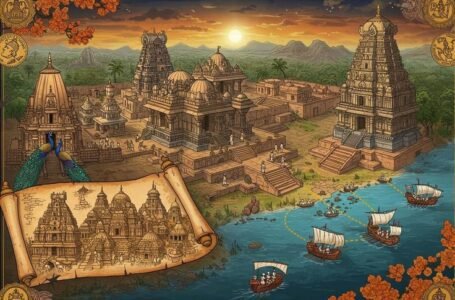Aboriginal Songlines: The Oral Traditions and Spiritual Maps of Australia
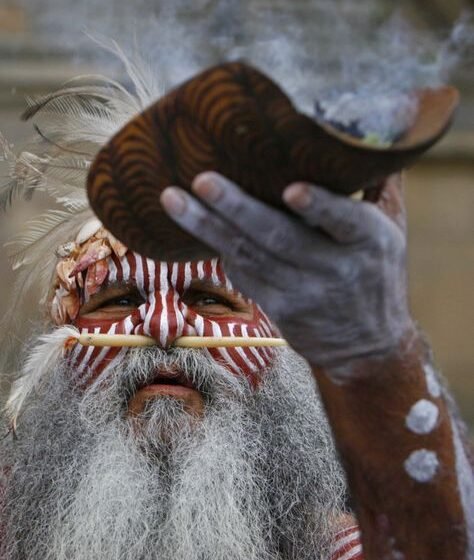
The colonizers arrived in Australia in the year 1788, but before that Australia was inhabited by the aboriginal people, who had established rich and diverse cultures across the continent. They lived predominantly as hunter-gatherers, and even adapted to the varied environments of Australia’s deserts, rainforests, grasslands and coastal regions. They had several hundred distinct languages and dialects spoken amongst them. These aboriginal Australians had formed social networks and maintained connections with their ancestral lands.
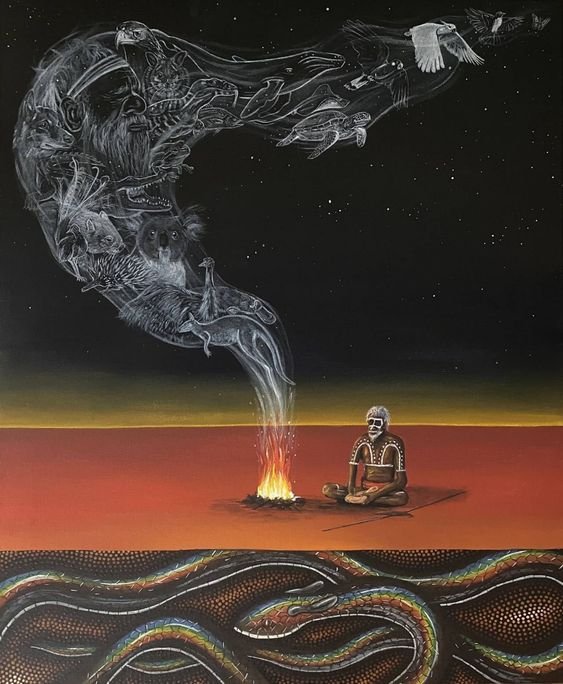
According to the genetic and archaeological evidence, it is said that the Aboriginals first migrated to Australia from southeast Asia over 40,000 years ago. This log history of human presence on the continent is reflected in the deep cultural connections Aboriginal people have with the land and their sophisticated knowledge systems developed over millennia. Central to their culture is the absence of written languages, with knowledge transmitted orally through generations. Their reliance on oral traditions is a testament to the resilience and adaptability of aboriginal societies, where information is passed out through story-telling, song, dance, art and material culture. These forms of communications serve not only as repositories of historical and cultural knowledge but also as means of maintaining social cohesion and reinforcing connections to the land and community.

At the heart of the Aboriginal culture lies the concept of dreaming, also known as the dreaming of Tjukurpa. The dreaming embodies the oral traditions, laws, culture of the Aboriginal communities and along with that it also serves as the holistic framework for understanding the world. It is both a time in a distant past when spiritual ancestors and beings shaped the land and sky and along with it a current parallel reality that exists nonlinearly in time. The concept 0f dreaming encompasses a vast array of narrative and teachings, each unique to different aboriginal nation and region. These stories explain the origins of the natural world, the relationship between the humans and the environment, and last but not the least, the spiritual significance of landscapes, animals and celestial bodies. With the help of dreaming stories, Aboriginal people pass on knowledge about and management, ecological stewardship, navigation, hunting and gathering techniques and survival skills, interestingly, all of these things have practical applications in everyday life.
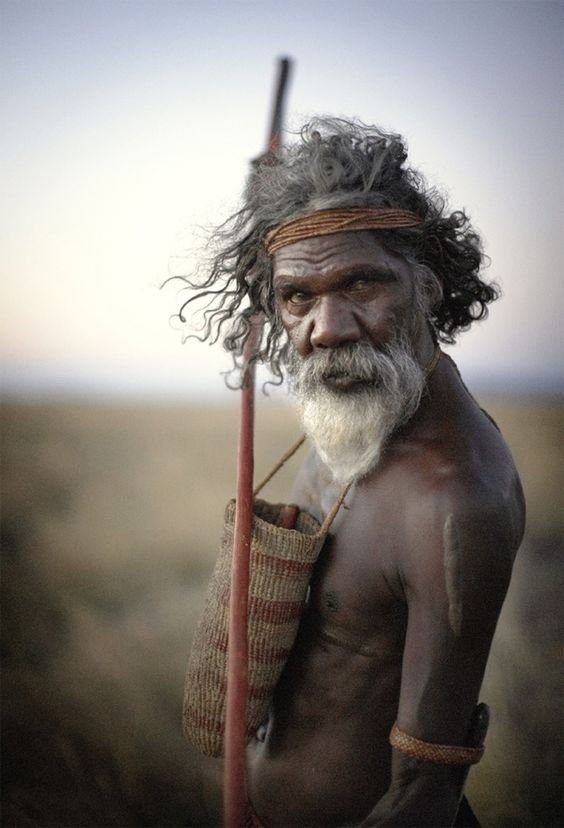
One of the most remarkable aspects of Aboriginal knowledge system is their integration of practical and spiritual knowledge about the natural world. These people have developed sophisticated understandings of environmental phenomena, such as weather patterns, animal behavior, plant cycles and celestial movements, which they use for predictive purposes in activities like hunting, fishing, agriculture and seasonal migrations. Moreover, their knowledge system emphasizes the interconnectedness of all living beings and the importance of maintain harmony and balance with the land. This holistic worldview recognizes the spiritual significance of every aspect of environment and underscores the responsibility of humans to act as custodians of the Earth.
The Aboriginals and the Torres Strait Islander people of Australia have traversed the vast and varied landscapes of the continent, they are guided by the intricate paths known as songlines or dreaming tracks. Now, these paths, hold profound spiritual significance and are embedded with the stories of creation and the journeys of ancestral beings during Dreaming, the sacred period when the world was formed.
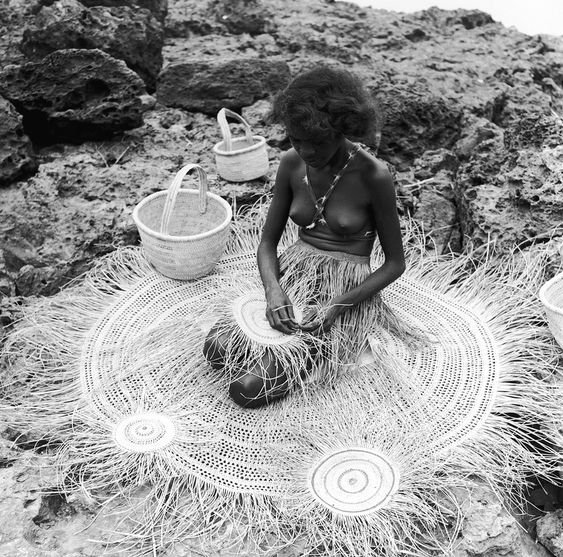
At the core of songlines, are the creator beings who shaped the land and waters, that is crafted the physical features of the earth imbuing them with spiritual essence. Each song series, or songlines, is a narrative thread that weaves together the stories of these ancestral beings and the landmarks they created- from towering rock formations to meandering rivers, from ancient trees to vast expanses of sky and sea. These narratives serve as religious and philosophical origin stories, explaining not only the creation of the natural world but also the origins of people and their relationship with the land. Embedded with the songlines are symbols and motifs which actually act as a mnemonic device, mapping out the locations of significant sites such as waterholes, seasonal food sources, and ceremonial grounds. These symbols help in providing crucial guidance for travelers, that helps enabling them to navigate across vast distances with precision and purpose, in this way, songlines serve as oral maps of country, conveying intricate knowledge of the landscape at different scales to cover diverse regions.
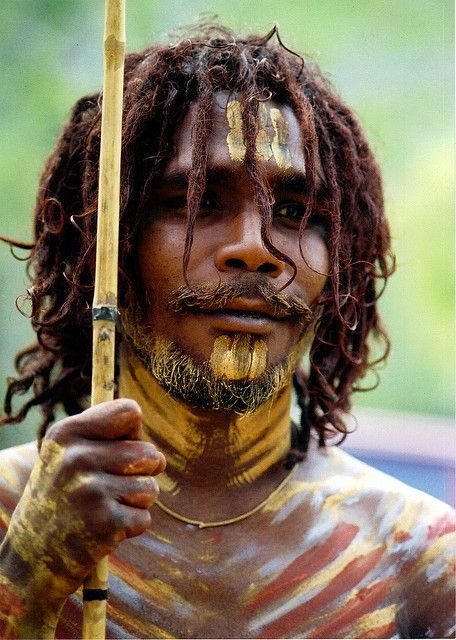
The importance of songlines extends beyond mere navigation as they are a manifestation of the deep connections Aboriginal people have with the Earth, water and skies. However, the songlines are jot just mere relics of the past, they are living, dynamic expressions of indigenous identity and resilience. Despite centuries of colonization, dispossession and cultural suppression, the Aboriginal, continue to uphold and transmit their songlines, passing down their precious legacy from generation to generation.

Yet, the preservation of songlines remains a critical concern. Along with that, their languages and cultural practices still face the threat of extinction, and the even the songlines that are linked with them. The loss of these oral maps would represent not only a tragedy for the people but also a profound loss for humanity as a whole. Hence, to protect their culture and tradition there is an urgent need to recognize songlines as invaluable cultural treasures of the world’s oldest living cultures. There should be efforts to document, record and safeguard these oral traditions and it must be supported and prioritized, ensuring that future generations have access to this rich tapestry of knowledge and heritage.
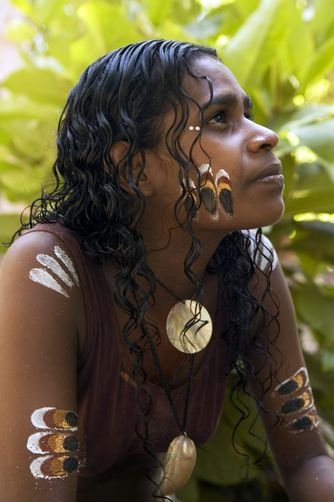
When we preserve the songlines, we honor the resilience, wisdom, and enduring legacy of Aboriginal people, wanting to reaffirm their rightful place as custodians of the land and guardians of ancient and sacred heritage. In contemporary Australia, efforts are underway to recognize and respect Aboriginal knowledge systems to integrate them into broader conversations about environmental sustainability, cultural heritage, and social justice. By valuing and preserving Aboriginal oral traditions and ways of knowing, society can learn from indigenous wisdom and work towards a more inclusive and equitable future for all the Australians.
